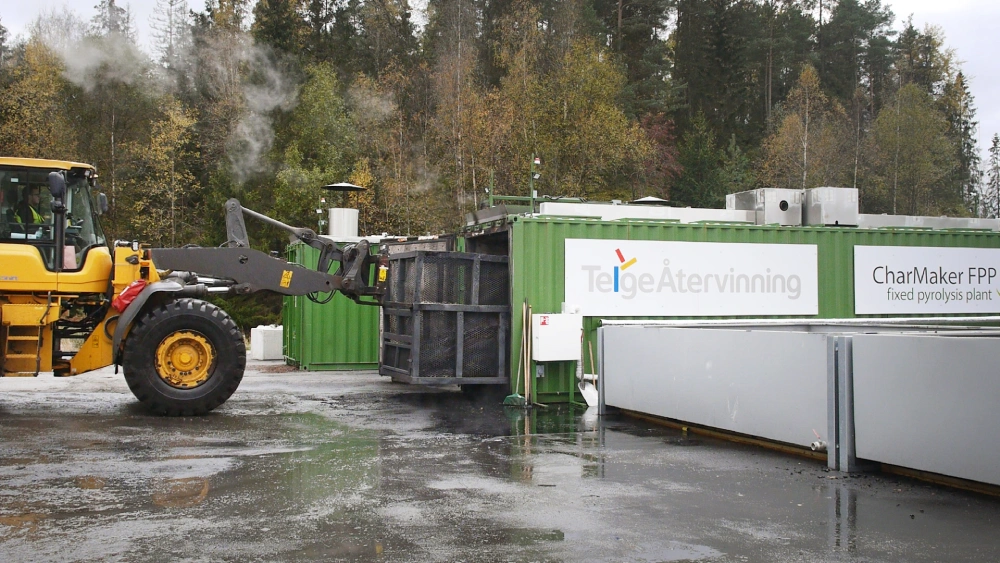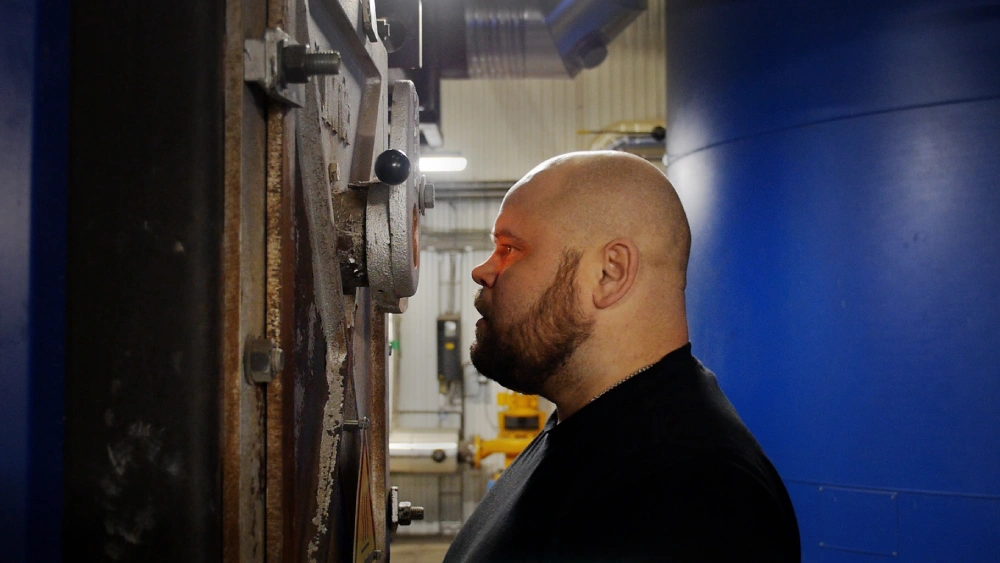Industrial Biochar
Biochar is a charcoal-looking, carbon-rich substance that is produced when organic materials are subjected to a process called pyrolysis. Industrial biochar utilises modern engineering to efficiently produce high-quality biochar in large quantities, offering a scalable and impactful approach to climate change mitigation.

A reliable and scalable way to remove carbon especially in locations with large-scale agricultural waste. Biochar applications are numerous: from soil additions to building materials.
As purchased by


Introduction
Industrial biochar production makes use of advanced technologies and controlled processes to create biochar at scale. It can be integrated into various applications, including soil amendments and construction materials, to enhance its environmental benefits.
The Steps
The three general steps in biochar production and storage are outlined below. Biochar is a prime example of a hybrid carbon removal method as both natural and engineered processes are involved.

Biomass
Local biomass, such as agricultural residues, is collected. Plants trap CO₂ during photosynthesis and convert it into carbon-rich biomass, which serves as the feedstock for biochar.

Pyrolysis
Biomass is subjected to pyrolysis in small-scale kilns or pits, heated to between 300 and 800°C with limited or no oxygen. This process transforms the biomass into biochar, retaining a high carbon content and producing by-products that can be used for renewable energy.

Use
The resulting biochar is stable and rich in carbon, and can be stored for centuries. It is often used as a soil amendment, enhancing soil fertility, structure, and water retention.
How it works

Carbon Sequestration
The sequestration step in carbon dioxide removal via biochar production is facilitated by photosynthesis. Plants, such as agricultural crops and trees in forests, take up water from the soil and absorb CO₂ from the atmosphere.
Using energy from the sun, a green pigment called chlorophyll converts the water and CO₂ to oxygen and glucose. The oxygen is released into the atmosphere and the glucose goes on to nourish the growing plant and create biomass. Large quantities of waste biomass is produced in agriculture, forestry, food processing and manufacturing, and in municipalities, and this biomass is suitable for biochar manufacturing.

Pyrolysis
In the absence of oxygen, the pre-treated waste biomass that otherwise would have rotted and reemitted CO₂ to the atmosphere, is subjected to thermal decomposition through high pressure and temperature in a reactor. This is pyrolysis.
This process generates three products: synthetic gas, bio-oil, and biochar. The biochar is separated from the other by-products in a cyclone, while the other products can be used for energy recovery.
Among the different types of pyrolysis, slow pyrolysis yields the highest proportion of biochar due to the lower temperatures (300-500°C), slower heating rates, and longer residence time of the biomass in the reactor.

Carbon Storage & Use
The biochar produced from pyrolysis is generally very stable and contains >65% carbon. This biochar could just sit in storage anywhere for centuries but there are opportunities to optimise its use.
For example, it can be used as a soil amendment in agriculture and forestry, where it confers many co-benefits while safely and permanently storing most of the biochar-carbon. Biochar can alternatively be incorporated into long-lasting building materials, such as plaster, concrete, bricks, and insulation.
Maximising efficiency and scalability
Industrial biochar production offers a high-efficiency, scalable solution for carbon sequestration. It can produce large volumes of biochar, contributing significantly to climate change mitigation. The integration of biochar into industrial applications further enhances its environmental benefits and supports sustainable development.
(median score)
Industrial biochar has a robust climate impact due to its large-scale production and high carbon content. It provides a reliable method for capturing and storing significant amounts of CO₂, contributing to global carbon reduction targets.
63
Median score
93
Minimum score
97
Maximum score
5
Count
(median score)
The co-benefits of industrial biochar include improved soil health and productivity when used as a soil amendment and enhanced performance of construction materials. However, the focus on large-scale production may limit its accessibility and direct community benefits compared to artisanal methods.
57
Median score
23
Minimum score
52
Maximum score
11
Count
We only engage with the best.
Projects that create real impact.
Talk to a carbon removal specialist.
Finding the right way to remove your CO₂ emissions can seem overwhelming.
Our team is here to help.







